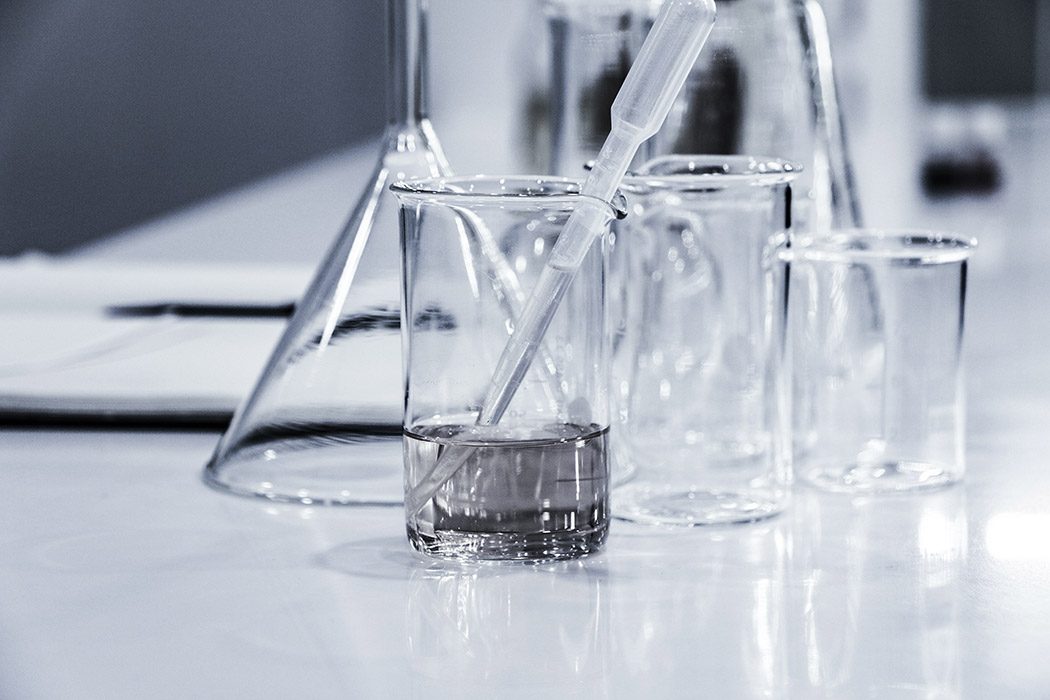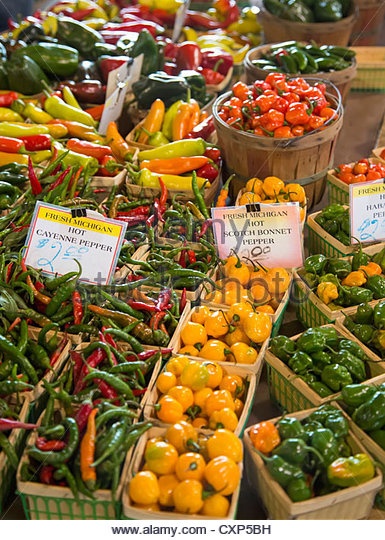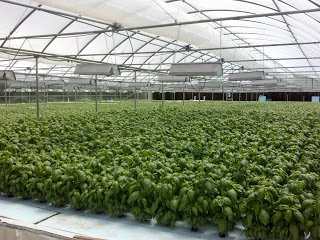Testing your irrigation water quality is important and
should be done regularly. Frequency of water
samples is dependent on several factors. Growers should test their irrigation
water at least twice a year if producing crops year round. I know one grower that tests their water
weekly! At Hort Americas we are becoming
inundated with fertilizer requests and nutritional recommendations. The first question we’ll ask is “Do you have
results from a recent irrigation water quality test?” If the answer is yes,
great, please forward a copy of the results to us. If the answer is no, please have your irrigation
water quality tested. Next question,
“How do you sample your irrigation water?” Collecting water samples correctly
is important to ensure the results are accurate.
If you are not testing your irrigation water, why
not!?! That is one of the first things
you should do before a single seed is sown. Why? Well, if you don’t measure it,
you can’t manage it. On one hand, you
could be undervaluing your irrigation water by adding unnecessary soluble nutrients.
On the other hand, your irrigation water may be unsuitable for crop production
and/or require additional treatment before use. What do I mean? The irrigation water chemistry made need to
be treated to remove or correct nutritional issues. Or, your irrigation water
may have unwanted sediments that must first be filtered. Entire books are written on irrigation, so we
cannot cover everything in one edition of an e-newsletter. For now, let’s first focus on collecting the irrigation
water sample. As you recall, last month
I shared some videos on growing winter salad greens created by Dr. Brian Krug
from the University of New Hampshire. Once
again, Dr. Krug has composed both a valuable how-to article and a video to help
you correctly collect an irrigation water sample.
Irrigation Water
Sampling Summary:
·
Have the right tools e.g. hose or spigot,
bucket, collection bottle, paper towels, submission form, envelope etc.
·
Flush the water line/hose for at least 3 to 5
minutes
·
Fill collection bucket
·
Use a clean collection bottle/container (at
least 8 ounces)
·
Submerge and fill the collection bottle and cap
under water (no head space)
·
Complete a submission form (if provided by
testing lab)
·
Dry and label the collection bottle accordingly
·
Deliver the envelope to the testing lab
·
Wait for results
·
Send Hort Americas a copy of your results J
For more information on irrigation water quality you may
want to read the following extension publications. Many state extension agencies have produced
similar articles. These are simply two examples of such articles. Check with your local extension specialist as
they may have more information relevant to your geographic location.
You may also want to
visit the Water Education Alliance for Horticulture. The Water Education Alliance for Horticulture is a team
of researchers and industry experts led by the University of Florida. Their mission is to “help growers conserve
irrigation water and manage water quality issues.”
Written by Dr. Johann Buck, Technical Service Manger at Hort Americas
Posted by Maria Luitjohan
Visit our corporate website at https://hortamericas.com







